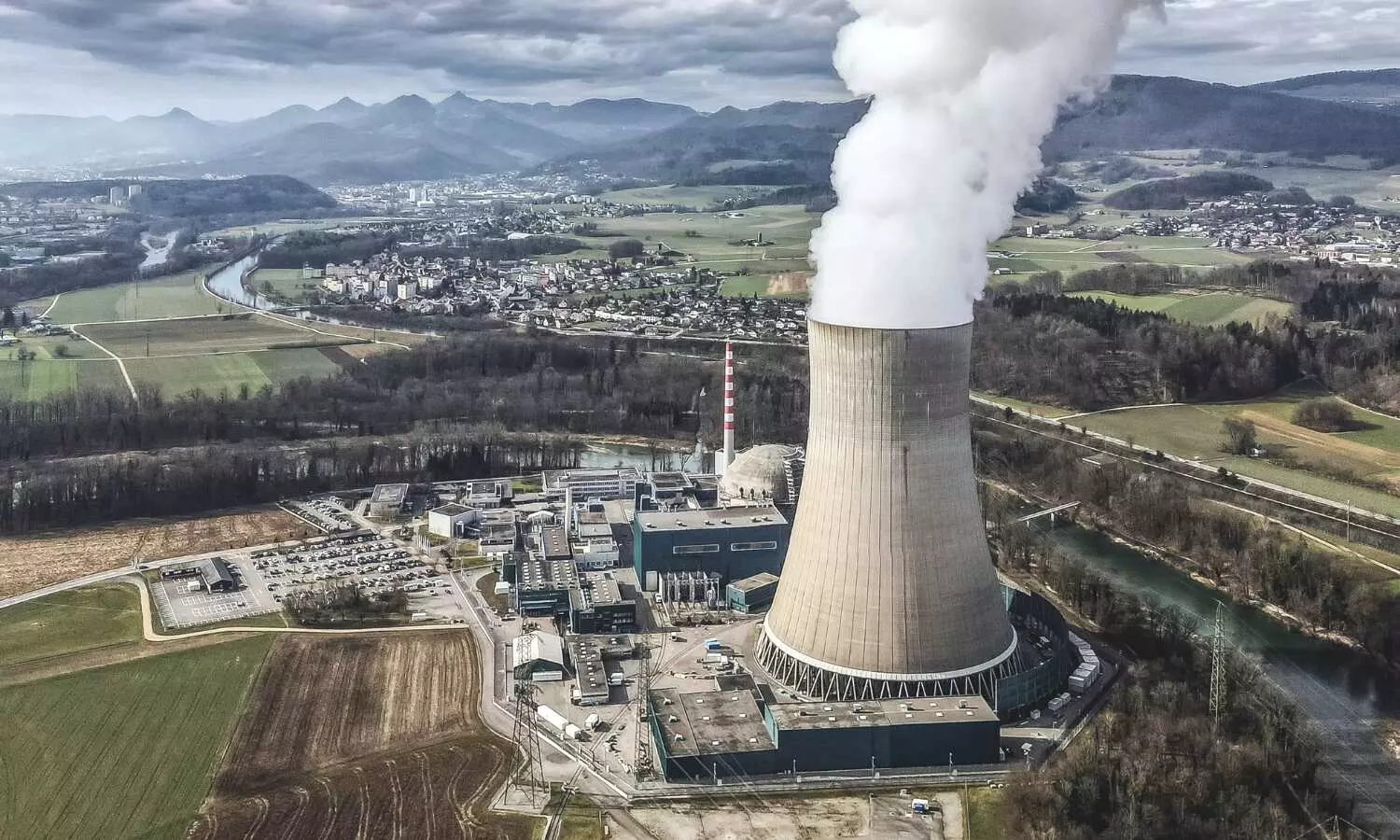An unviable alternative
Despite its low-carbon benefits, nuclear energy’s high costs, safety risks, and regulatory hurdles limit its role in mitigation as a renewable energy source, with even advanced reactors likely serving as mere supplements to more economical renewables like wind and solar

The principle of nuclear power is quite simple: nuclear fission splits the nuclei in atoms of certain elements like Uranium, releasing large amounts of energy, which is used to heat water, producing high temperature steam, which turns turbines and produces electricity.
The first nuclear reactors began producing electricity in the 1950s and are referred to as Generation 1 reactors. These have mostly gone out of service and have been replaced by Generation 2 reactors. The main difference is that Generation 2 reactors use water, instead of graphite, to slow down the nuclear chain reactions.
There are 440 nuclear reactors in 31 countries, with an installed capacity of 390 Gigawatts, producing 2,600 Terawatt hours of electricity in 2023. Nuclear energy accounts for around 10 per cent of total electricity
production in the world. The USA, China, France and Russia are the top nuclear power producers in the world. While France gets about 70 per cent of its power from nuclear energy, Ukraine, Slovakia and Hungary get 50 per cent of their power from nuclear energy.
Nuclear energy: pros and cons
While the advantages of nuclear energy in the fight against climate change are undeniable, because of its low carbon footprint, there are concerns over its safety and high cost as well. There are also issues with the regulatory and licensing framework of nuclear plants, which makes the process of setting up a nuclear plant very long.
Setting up nuclear plants is a costly business and the costs far outstrip those of setting up coal plants. According to the World Nuclear Association, the cost of setting up a 2,200 MW nuclear plant entails a capital cost of USD 7,675 to 12,500 per kilowatt. On the other hand, setting up a 600 MW coal fired plant costs USD 3,000 to USD 8,400 per kilowatt. Even the levelised cost of energy (LCOE) for coal plants is roughly half that of nuclear plants. Setting up wind and solar plants are even cheaper and cost a fraction of the cost of setting up a nuclear plant. Not only that, the cost of wind and solar have fallen drastically in the last decade, while those of nuclear power have risen.
Apart from the cost aspect, nuclear plants are considered unsafe and risky. Amory Lovins, an environmental activist and a physicist by profession, has argued strongly against nuclear power. According to him, nuclear power as a solution is worse than the problem. It can lead to proliferation and nuclear technology can fall into the wrong hands, accidents can be a nightmare and radioactive waste is dangerous. Moreover, the commissioning of a nuclear plant takes far too long because of the many regulations and compliance: in the US, it takes about ten years to commission one. Even France, which gets 70 per cent of its energy from nuclear sources, is struggling to complete projects in time: an example is the pressurised water reactor in Normandy, which took more than ten years to start. Those in favour of nuclear energy say that nuclear plants require far less land and are a key component of any strategy to reach net-zero.
Furthermore, the Chinese take 2-3 years to complete a nuclear plant. Not only that, the advanced nuclear reactors or the small modular reactors (SMRs) are smaller in size and experimenting with technologies such as molten-salt, pebble-bed and fusion reactors are underway. These reactors are faster to set up and also safer than earlier reactors. SMRs generally have a capacity of 30MW to 300MW and use light water as a coolant.
Conclusion
In conclusion, it appears that the cons of nuclear energy outweigh the pros. Even with advanced nuclear plants, which are in an experimental stage, it appears that nuclear energy will play only a supporting role. This is because of safety issues and the sector being highly regulated. Nuclear energy does reduce the carbon footprint when compared to coal-fired plants, but falls short of the advantages that wind and solar power have to offer.
The writer is Additional Chief Secretary, Department of Mass Education Extension and Library Services and Department of Cooperation, Government of West Bengal



